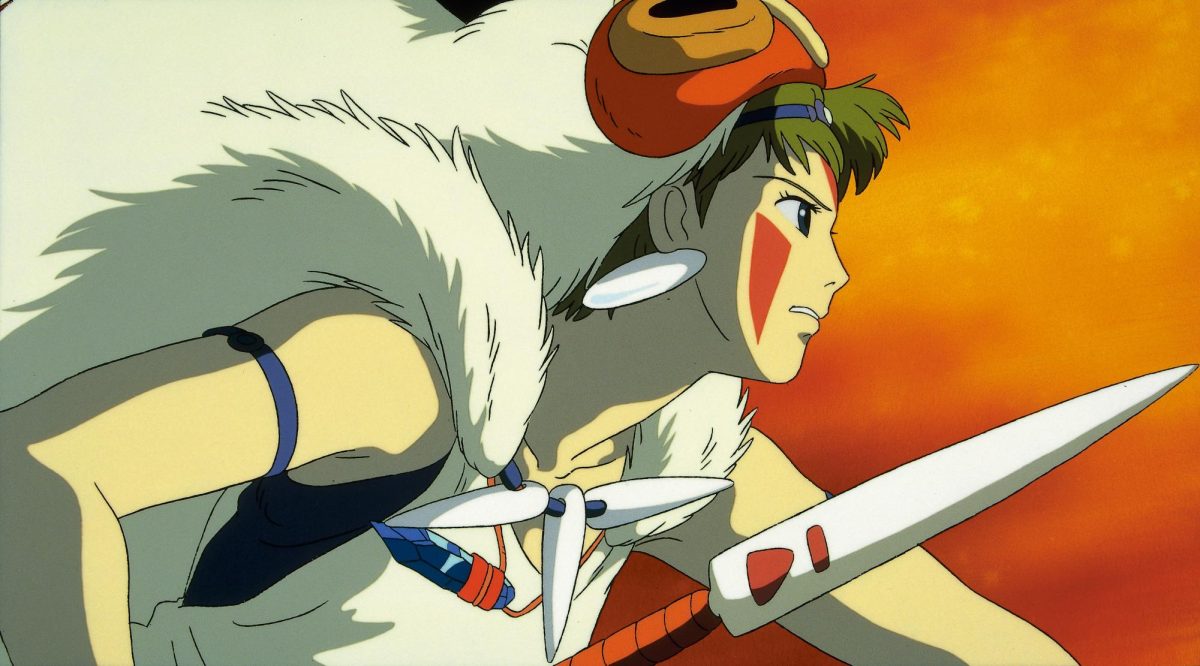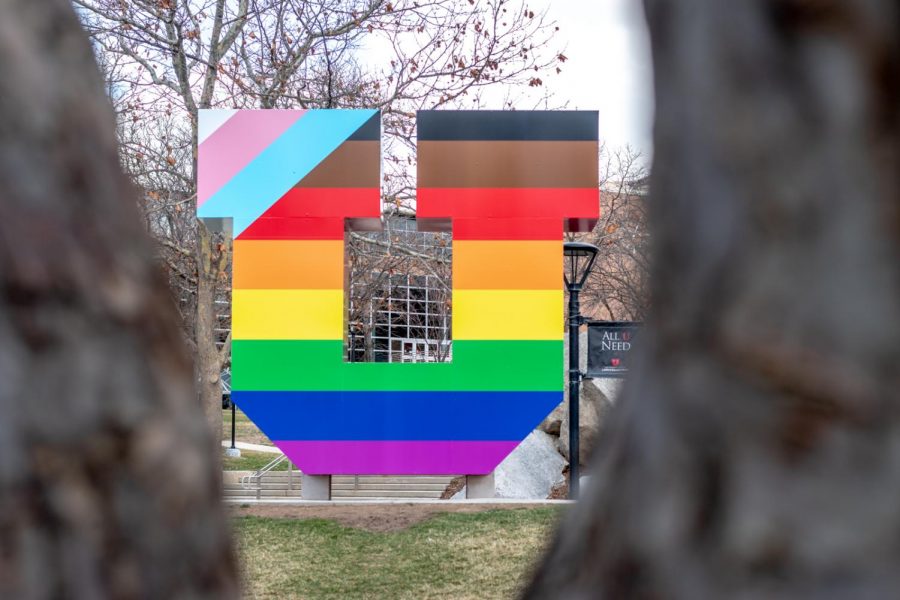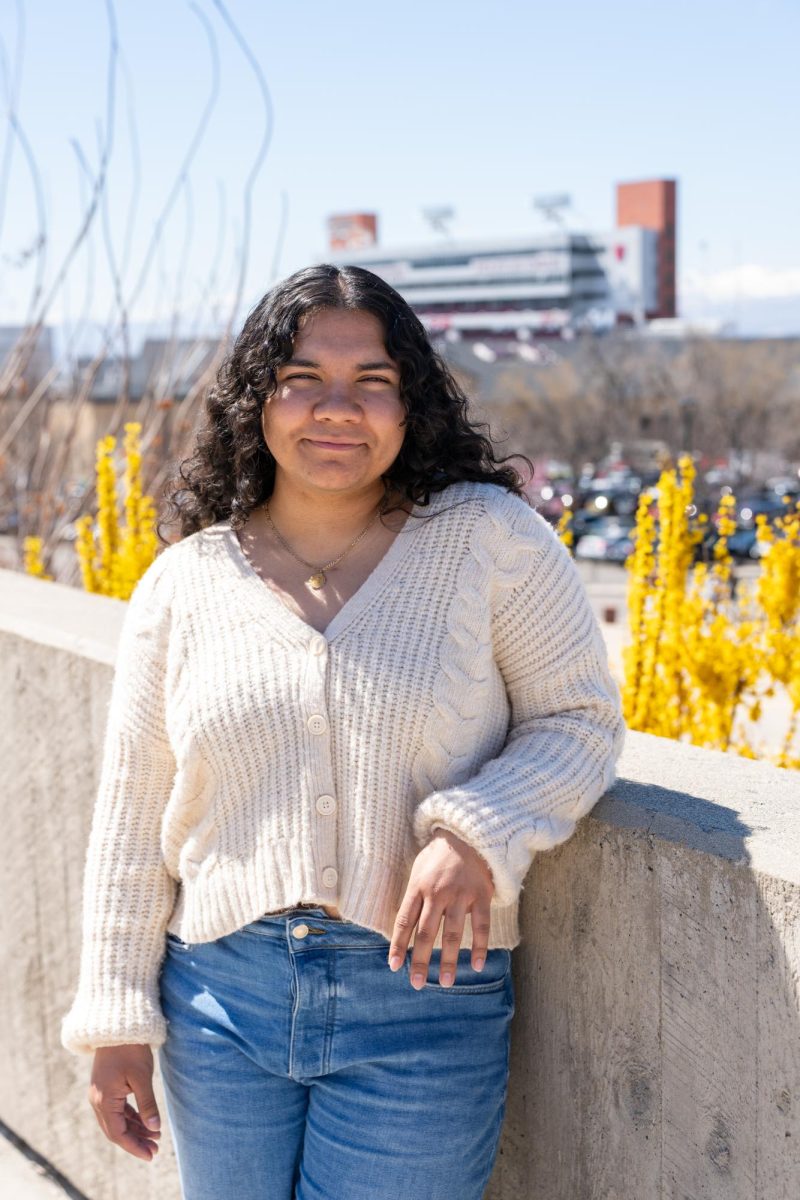When thinking of Utah, images of a modern Japanese martial art typically don’t come to mind. And yet, the U is home to the United States’ chief instructor of a form of a non-aggressive martial art known as Aikido.
Jorge Valladares has taught Aikido through the U’s exercise and sport science program for 10 years; he has been practicing Aikido for 16.
Valladares works directly under Koho Yamano, whose father studied under Aikido’s founder, Morihei Ueshiba. This uninterrupted lineage gives Utah Aikido practitioners an advantage over other dojos that have branched off several times, said Logan Heinrichs, a senior exercise and sports science student.
Utah is also the U.S. headquarters for a style of Aikido known as Wagokan Aikido, which was founded by Yamano’s father, Masao.
“We are the only approved Wagokan dojo outside of Japan,” Valladares said.
Unlike Tae Kwon Do, Kung Fu and Karate, Aikido belongs to a class of soft martial arts that answers aggression with redirection. While the hard arts heavily rely on hand and foot strikes and blocks, Aikido relies on soft, evasive moves that blend with the attacker.
This focus on blending and incorporation can be seen the words’ translations. “Aikido” literally means “the way of harmony with the spirit of the universe,” and “wagokan” means “a place to meet in harmony.”
“Instead of trying to show off to everybody…you learn it [the art] for real martial purposes,” Heinrichs said.
Though not as flashy and well-known as Kung Fu and Karate, Aikido still appeals to many people for a variety of reasons. Lisa Rohde, a senior chemistry student, began practicing Aikido in 2001 at the University of Puget Sound.
“Originally, I just had a lot of fun with it,” she said. “When I first started doing it, we didn’t do very much philosophy or anything like that. I’d just go and have a really good time.”
She transferred to the U in 2002 and picked up Aikido again a year and a half later.
“At first, I was just having a really good time again. But…the more and more I went to practice, the more I wanted to learn about Aikido, so I started reading books about it….I read “the Art of Peace” I absolutely fell in love with it.”
Mark Zamarin, who teaches classes in Park City, said he likes Aikido’s non-violent approach.
He said he tried other martial arts, but “did not like the in-your-face, mangle, break bones, kill at all costs” style.
“It’s not my personality,” he said.
“The highest level of Aikido is about bringing down the level of conflict [and] walking away in peace,” said Valladares. “You don’t need to fight.”
“Eventually it teaches you how to relax,” Heinrichs said. “You don’t get upset by things. [If] someone cuts you off on the road, you don’t throw a brick at them.”
Valladares said he enjoys showing “young people that there is a way to deal with conflict in a very dignified way.”
“Whenever there is conflict between people, you don’t need to deal blows to each other or make a big deal about it,” he said. Though Valladares and Zamarin both teach classes, they each have day jobs.
Zamarin is a pilot for Delta Airlines and Valladares works in the freight and transportation business.
Together, Zamarin and Valladares ran their biannual Aikido seminar last weekend. Occasionally, a Japanese instructor flies in to help attendees refine their skills. Though no one flew in this year, Heinrichs said the younger Yamano will attend next year.
The seminar acts as a test for the students. On Saturday, Rohde tested for her next rank and passed. She is now four ranks away from earning her black belt.
Heinrichs said Aikido can be difficult and might not be for everyone. “If your intent is to learn martial arts so you can defend yourself in six months, Aikido probably won’t do that for you,” he said, adding that Aikido is an advanced martial art and takes a long time to get good at.
Once that happens, however, “you can use it in virtually any conflict-management situation.”











